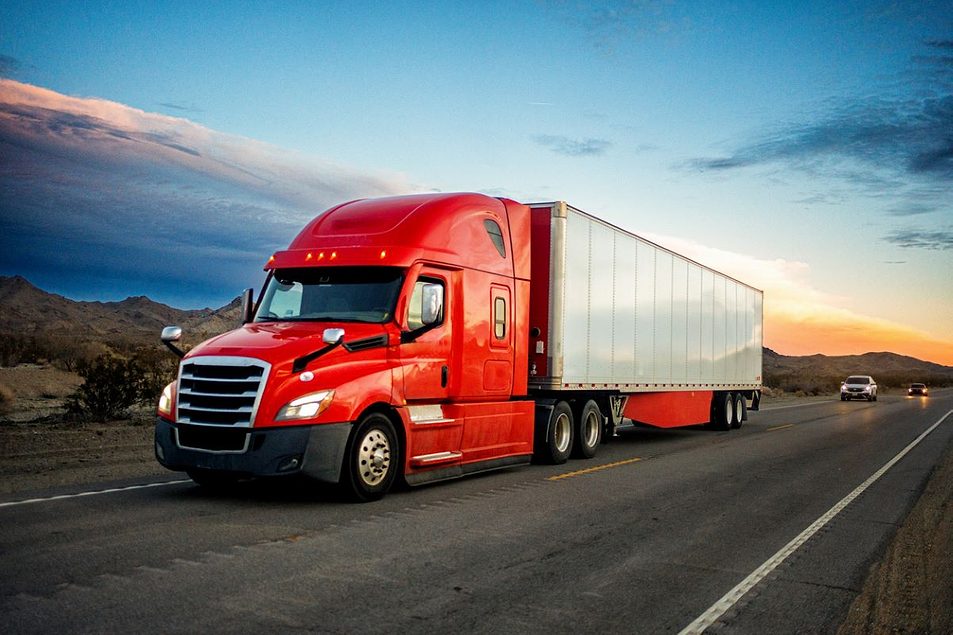
A new 25% import tax on all heavy-duty trucks, beginning November 1, will hit more than corporate bottom lines. The action stands to reshape how products are built, bought and delivered, pushing manufacturers, suppliers and their partners to rethink every part of the automotive supply chain.
Costs are expected to shift up and down the chain. U.S.-based truck makers who rely on imported vehicles or critical components will see higher prices, while smaller suppliers and parts distributors, often locked into contracts or just-in-time arrangements, could feel an even sharper squeeze. Some may be able to pass these costs on to customers directly; however, many others will be forced to either accept margin dilution or find ancillary opportunities for cost reduction.
Downstream, everyone from component makers to logistics providers will need to revisit sourcing and production schedules. Those using foreign parts or trucks on U.S. roads may scramble to find domestic suppliers. This is where supply chain risk shoots to the top of the agenda. Expect more due diligence, intensified contingency planning, and increased use of digital workflow solutions to re-map supplier networks and inventory flows quickly.
Pressure Creates Opportunity
The new tax is more than just disruption. New rules and tariffs almost always accelerate deals in the sector, and right now, deal activity is already picking up. Just look at the data: Datasite saw new global deals rising 11% year-over-year in Q3, after a 3% bump in the first half. Industrial, transport and defense sectors alone posted a 9% increase in new deals in the first nine months. These signify fresh attempts to pivot, scale or diversify, signaling where the market’s heading next.
Why the uptick? U.S. companies with strong domestic supply chains become attractive merger and acquisition targets for international firms facing steeper tariffs or who want to establish a local footprint. Some foreign suppliers, rather than pay tariffs, will weigh buying U.S. producers outright or seek joint ventures. For U.S. firms, acquiring a competitor, key supplier or tech-enabled partner could offer the quickest way to shore up supply, boost resilience, or simply outpace rivals.
The Need for Smarter Collaboration
Still, tariffs turn up the volume on uncertainty. Moving fast, while staying thorough, matters more than ever. Here, digital platforms designed for M&A workflow and collaboration prove essential. With global median diligence times dropping to 160 days, one day faster than last year, even as deal volume jumps, the companies that use AI-powered tools to streamline deal-sourcing, risk analysis and contract management will move fastest. Automation allows you to cut through manual checks, coordinate securely across teams and time zones, and keep deal momentum during market shocks.
Expect forward-looking supply chain leaders to push for earlier intelligence-sharing, real-time data on supplier health, and automated alerts for risk events. Collaborative tools that link supply chain, corporate development, finance and legal teams simplify responses to rapid changes, like a surprise tax. Don’t wait for problems to pile up. Use automation to build transparency and agility into your processes.
What’s Next for the Sector
Watch for these changes:
- More regional truck production: Expect new investments in U.S. assembly, as some import-heavy producers seek to avoid tariffs by building closer to end markets.
- Reconfigured supplier networks: Existing suppliers could win big if they have U.S operations, but expect churn as some manufacturers search out cost advantages elsewhere, perhaps in Mexico or Canada, depending on trade rules.
- Accelerated M&A: Deal pipelines are already bulging, and tariffs will push even more companies to consider mergers, divestments and strategic partnerships.
- Renewed interest in automation: Rising costs mean more attention to efficiency. Expect a jump in demand for next-generation workflow tools, robotics, connected systems and artificial intelligence-driven analysis.
Advice for Corporate Development Teams
- Roll up your sleeves and review supply chain exposure now. Pinpoint the points of greatest risk and opportunity.
- Bolster M&A playbooks for faster, more confident deals, leaning on AI tools for diligence, risk management and integration planning.
- Partner with finance, compliance and supply partners to run real-time scenario models. Test how new tariffs will affect your cost base and strategic options.
- Use workflow automation platforms designed for M&A to enable continuous improvement and speedier collaboration, not just as a crisis tool but for long-term advantage.
Tariffs challenge even the best-prepared teams, but resilience starts with visibility and speed. The winners from this disruption will be those who act quickly, invest in smart tech, and keep scanning the horizon for new opportunities. Use today’s upheaval as the prompt to rethink your supply chain’s strategy, and make M&A a core part of how you respond to a fast-changing global market.
Paul Bennet is senior sales vice president at Datasite.